Disclosure: This article contains affiliate links. We may earn a commission from purchases at no extra cost to you, which helps our travel content.
The morning call to prayer echoes across the Bay of Algiers as I adjust my aperture, trying to capture that perfect moment when golden light washes over the city's white buildings. This is Algiers – El Bahdja, the White City – where Mediterranean blues meet Saharan earth tones, and where French boulevards wind into ancient Casbah alleyways. As someone who's spent years documenting vast plains landscapes, the layered urban terrain of Algeria's capital presented an entirely different photographic challenge. With my Canon 5D Mark IV slung over my shoulder and comfortable walking shoes laced tight, I spent a week traversing this underrated North African gem, finding endless compositions where colonial history and Arab heritage create visual poetry in every frame. Join me as I share the most captivating spots to photograph in this city where worlds don't just meet – they create something entirely new.
The Casbah: A Labyrinth of Light and Shadow
No photographic exploration of Algiers would be complete without dedicating at least half a day to the UNESCO-listed Casbah. This ancient Ottoman citadel cascades down the hillside in a mesmerizing pattern of whitewashed buildings and narrow passageways that create a photographer's playground of light and shadow.
I arrived just after sunrise, when the morning light creates dramatic diagonal shadows across the stepped streets. The key to photographing here is patience – waiting for locals to move through narrow alleyways provides scale and human interest. I found myself repeatedly switching between my wide-angle lens for architectural compositions and my 50mm for candid street moments.
Navigating the Casbah requires respect and awareness. Unlike the open plains I typically photograph, these intimate spaces are people's homes. I always asked permission before photographing residents, using basic French phrases and plenty of smile-language. The effort was rewarded with authentic portraits and occasionally, invitations for mint tea on rooftop terraces – providing elevated perspectives of the Mediterranean that simply can't be accessed any other way.
The most compelling images came from the contrast between decaying grandeur and vibrant daily life – weathered blue doors against white walls, intricate Ottoman architectural details, and the geometric patterns of hanging laundry creating splashes of color against the monochromatic backdrop.

💡 Pro Tips
- Visit between 7-9am for the best directional light and fewer tourists
- Hire a local guide for access to hidden courtyards and rooftops
- Use a 35mm or 50mm prime lens for versatility in the narrow streets
Notre Dame d'Afrique: Where Perspectives Converge
Perched dramatically on a cliff overlooking the Mediterranean, the Byzantine-style Notre Dame d'Afrique basilica offers some of the most compelling compositional opportunities in Algiers. The neo-Byzantine architecture with its distinctive dome stands in stark contrast to the surrounding Islamic architectural elements, creating a visual metaphor for the city's layered history.
I arrived in late afternoon, when the warm light bathes the ochre and white façade in a golden glow. From a photographer's perspective, this location offers three distinct shooting opportunities: the intricate interior with its stunning play of light through stained glass, the architectural details of the exterior against blue skies, and perhaps most impressively, the panoramic views of the Bay of Algiers.
For the sweeping vistas, I relied on my telephoto zoom lens to compress the layers of the city against the sea. The resulting images capture Algiers' unique topography – how the city seems to cascade from hills to harbor in a series of white geometric forms.
What struck me most was the basilica's inscription: "Notre Dame d'Afrique priez pour nous et pour les Musulmans" (Our Lady of Africa, pray for us and for the Muslims). This sentiment of religious coexistence, carved in stone, speaks to the complex cultural tapestry that makes Algiers such a fascinating photographic subject.

💡 Pro Tips
- Visit 1-2 hours before sunset for the best golden light on the basilica
- Bring a polarizing filter to enhance the contrast between the white structure and blue Mediterranean
- Don't miss the interior – photography is permitted outside of service times
Place des Martyrs & The Great Mosque: History in Every Frame
The recently revitalized Place des Martyrs sits at the historical heart of Algiers, where the city's ancient foundations meet its contemporary aspirations. This area presents a fascinating chronological layer cake for photographers – Roman ruins, Ottoman-era structures, French colonial buildings, and the modernist Great Mosque of Algiers (Djamaa el Djazaïr) all within the same viewfinder.
I spent a full day exploring this district, beginning at the archaeological museum where remnants of ancient Icosium (Roman Algiers) are preserved beneath a modern plaza. The juxtaposition of 2,000-year-old mosaics against the contemporary urban landscape creates thought-provoking compositions, particularly when framed with a wide-angle perspective.
By mid-afternoon, I made my way to the Great Mosque, the third-largest mosque in the world and a masterpiece of contemporary Islamic architecture. Its 265-meter minaret – the tallest in Africa – creates dramatic vertical lines against the horizontal expanse of the Mediterranean. The prayer hall's forest of columns and the intricate geometric patterns in the structure provide endless macro and architectural detail opportunities.
For this location, I relied heavily on my tripod to capture sharp images in the varying light conditions, particularly inside the mosque where handheld photography would have resulted in motion blur.
The most compelling images came during the blue hour, when the mosque's carefully designed lighting system illuminates the structure against the deepening blue sky. The reflection pools around the complex create perfect symmetry shots that capture both the imposing architecture and its mirrored double.

💡 Pro Tips
- Obtain permission before photographing inside religious sites
- Use a tripod for blue hour shots when the mosque is illuminated
- Visit the archaeological museum first to understand the historical context
Jardin d'Essai: Colonial Botany Meets Natural Light
After days of urban photography, I found myself craving the open spaces that normally dominate my work. The Jardin d'Essai (Test Garden) provided exactly what I needed – 32 hectares of botanical splendor where French colonial design meets North African flora. For photographers, this location offers a refreshing change of pace and light quality.
Established in 1832, this botanical garden features stunning alleys of towering palm trees, dragon trees, and exotic plants from five continents. The carefully designed walkways create natural leading lines, while the dense foliage offers opportunities for playing with dappled light – something I rarely encounter in my usual plains landscapes.
I arrived early, carrying my camera backpack with my full kit, which proved essential as I found myself constantly switching between macro work for flower details and wider compositions for the garden's grand alleys. The morning light filtering through the palm fronds created ethereal patterns that transformed ordinary paths into otherworldly scenes.
What fascinated me most was how this space represents another form of cultural collision – French landscape design principles applied to African terrain, creating something uniquely Algerian. The garden's English and French sections flow seamlessly into areas showcasing native North African species, creating visual transitions that tell the story of cultural exchange through botany.
Don't miss the garden's subtropical microclimate section, where humidity and filtered light create conditions for moody, atmospheric images unlike anything else in Algiers. I spent hours here experimenting with depth of field, using the layered foliage to create images with a dreamy, almost painterly quality.

💡 Pro Tips
- Visit on weekdays to avoid crowds in your compositions
- Bring a macro lens for capturing the diverse botanical specimens
- Use the early morning light (7-9am) when the garden first opens for the best conditions
Bab El Oued: Street Photography Where Cultures Blend
For photographers seeking authentic street scenes where the French and Arab influences create a vibrant cultural tapestry, Bab El Oued district delivers in abundance. This working-class neighborhood northwest of the Casbah pulses with everyday Algerian life, offering candid moments that capture the true spirit of contemporary Algiers.
Unlike the more tourist-oriented areas, Bab El Oued presents a grittier, more authentic face of the city. French colonial apartment buildings with ornate wrought-iron balconies now house Algerian families, while street markets spill out beneath them in a riot of colors, sounds, and scents. This juxtaposition creates compelling visual narratives about how ordinary Algerians have reclaimed and transformed colonial spaces.
As a street photographer in this district, I found my 35mm prime lens to be ideal – wide enough to capture environmental context but intimate enough for portraits when opportunities arose. The lens's fast aperture proved essential for working in the shadowy streets and indoor markets without flash, allowing me to maintain the authentic ambience.
The most photogenic spot within Bab El Oued is undoubtedly the covered market, where shafts of light pierce through the ceiling to illuminate displays of spices, textiles, and produce in theatrical spotlights. Arriving mid-morning when the market was bustling but not overcrowded, I found vendors more receptive to being photographed, especially after purchasing a few items and showing genuine interest in their crafts.
What struck me most was how the neighborhood embodies Algeria's complex identity – French architectural bones filled with Arab life, creating something entirely unique. The faded art deco façades and peeling paint tell stories of transition and resilience that make for images with both visual and historical depth.
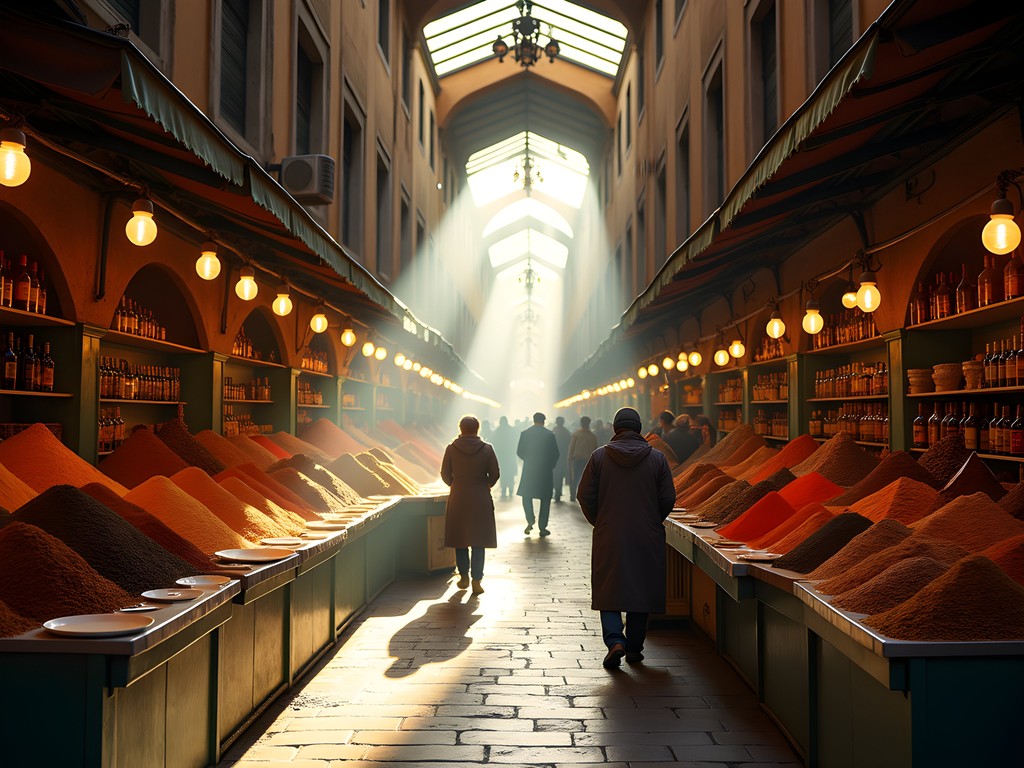
💡 Pro Tips
- Learn basic Arabic or French phrases to connect with locals before photographing
- Start at the covered market then work your way through the surrounding streets
- Respect people's privacy – always ask before taking portraits or close-up shots
Final Thoughts
As I pack away my camera on my final evening in Algiers, watching the sunset paint the Mediterranean and the White City in shades of amber and rose, I'm struck by how this place defies simple categorization. Through my lens, I've attempted to capture not just the visual collision of French and Arab worlds, but the entirely new aesthetic that emerges from their centuries-long dialogue. For photographers accustomed to more frequented destinations, Algiers offers something increasingly rare: authenticity and the thrill of documenting a place still writing its visual story. Whether you're drawn to architectural grandeur, intimate street scenes, or sweeping landscapes, this North African capital rewards those willing to look beyond headlines and see with open eyes. As someone who typically photographs the vast openness of plains cultures, I found unexpected parallels in how Algerians, like the prairie dwellers I usually document, maintain deep connections to their heritage while facing modernity on their own terms. Pack your camera, bring an open mind, and prepare to capture images that tell stories few others have told.
✨ Key Takeaways
- The best photography in Algiers comes from embracing contrasts – architectural, cultural, and historical
- Early morning and golden hour provide the most flattering light for the city's predominantly white buildings
- Learning basic French phrases opens doors to photographic opportunities not available to tourists who can't communicate
📋 Practical Information
Best Time to Visit
April-May or September-October
Budget Estimate
$40-60/day excluding flights
Recommended Duration
5-7 days
Difficulty Level
Intermediate
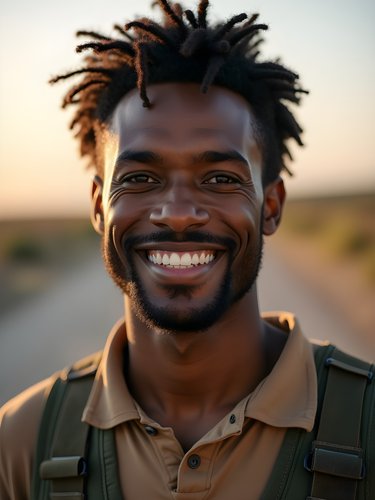

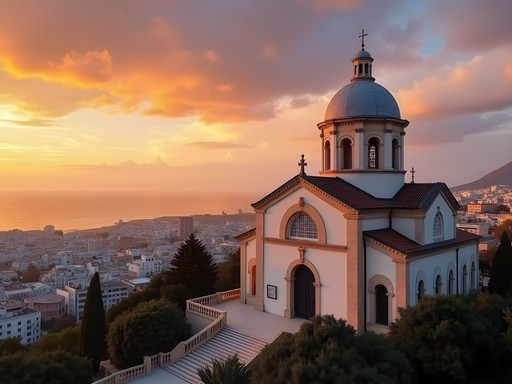
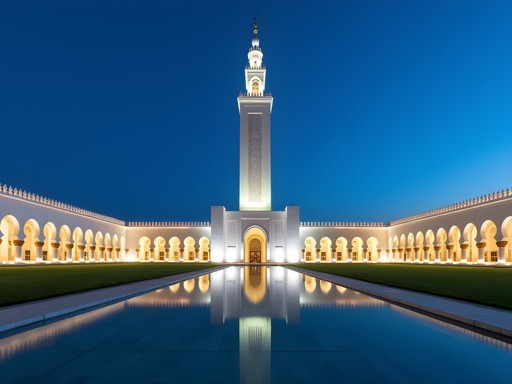

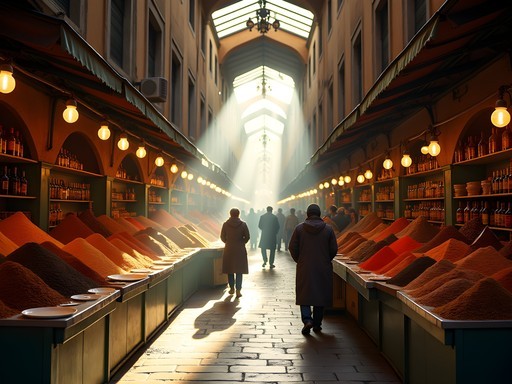








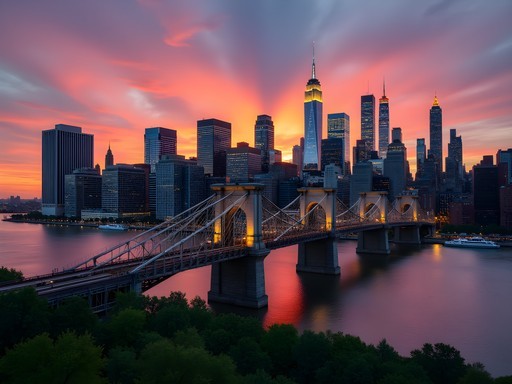
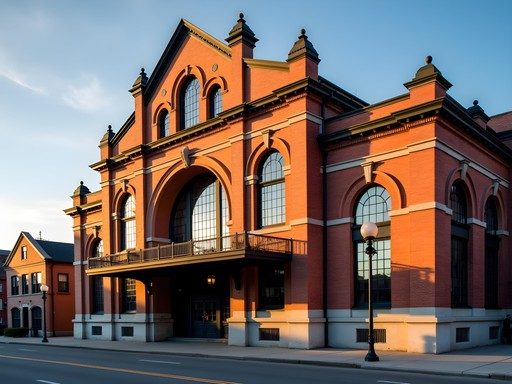
Comments
backpackguy
Great post! How difficult was getting the visa for Algeria? Heard it can be a pain.
Preston Campbell
It definitely requires patience! Started the process about 3 months before travel. You need hotel bookings, invitation letter, and itinerary. Worth the effort though!
Sophia Gomez
Preston, your post brought back vivid memories of my business trip to Algiers last year! While my colleagues rushed back to the hotel after meetings, I'd slip away with my camera to catch the golden hour light on those white buildings. There's something about the way the sea breeze carries both the call to prayer and distant church bells that creates this palpable sense of cultural convergence. The Casbah was indeed a labyrinth - I got completely lost despite having Google Maps, but ended up being invited for mint tea by an elderly gentleman who showed me his rooftop with the most incredible panoramic view. Sometimes getting lost leads to the best shots! Did you find the locals receptive to being photographed? I found asking in basic French went a long way in building rapport.
backpackguy
That tea story is exactly why I travel! Sometimes the unplanned moments are the best.
escapediver
Thanks for this post! Just booked my flights to Algiers for October. Did you find it easy to navigate around the Casbah on your own or would you recommend a guide? I'm worried about getting lost in those winding streets but also want the freedom to take my time with photos.
Preston Campbell
Definitely get a guide for your first visit to the Casbah - it's a true maze! I arranged one through my hotel. After that initial orientation, you might feel comfortable exploring small sections on your own. The main routes are getting better signposted now too.
escapegal
Wow! Never considered Algeria as a destination but these photos are changing my mind!
John Hart
Your composition in the Casbah shots demonstrates remarkable restraint - many photographers overwhelm their frames when capturing such visually complex environments. I've documented colonial architectural intersections across North Africa for years, and Algiers remains uniquely compelling in how abruptly French boulevards give way to the organic medieval layout. For photographers visiting, I recommend the early morning blue hour (5:30-6:30AM in summer) when the contrast between the white buildings and deepening blue sky creates a luminosity that's distinctive to this Mediterranean microclimate. The Play of light on the Grande Poste building is particularly worth seeking out during this time.
freemate3334
Great post! Any issues with getting a visa? Heard it can be complicated.
Sarah Powell
Preston, your analysis of the French-Arab architectural contrasts is spot on. I spent three weeks in Algeria last year researching colonial influences on North African urban spaces, and Algiers was the perfect case study. The Jardin d'Essai's layout perfectly embodies this duality - French formal garden principles adapted to North African flora. I'd add Monument des Martyrs to your list - the concrete arches create fascinating geometric shadows throughout the day that tell the story of Algeria's independence struggle through changing light. Did you notice how the government buildings around Place des Martyrs have been renovated to emphasize certain architectural elements while downplaying others? It's a fascinating visual narrative of how the country views its complex history.
Preston Campbell
Sarah, you're absolutely right about Monument des Martyrs! Those concrete arches were a photographer's dream. And yes, the selective preservation around Place des Martyrs speaks volumes. Would love to hear more about your research sometime.
sunsetlife
Just got back from Algiers last month and your photos capture it perfectly! The light there is truly special. We spent hours in Jardin d'Essai and I wish I'd had your photography tips beforehand. The dragon trees make for such interesting subjects. Did you manage to visit Tipaza? The Roman ruins by the sea are another photographer's dream.
escapediver
I'm heading to Algiers in October - would you say Tipaza is worth the day trip from the city?
sunsetlife
Absolutely! It's only about an hour away and the combination of Roman ruins right against the Mediterranean is incredible. I used my travel zoom lens there and it was perfect for capturing both architectural details and the sweeping coastal views.
smartchamp
WOW!! Never considered Algeria for a trip but your photos have me reconsidering everything! That shot of Notre Dame d'Afrique with the sea in the background is STUNNING!
Hannah Woods
Having visited Algiers three times over the past decade, I've witnessed its gradual opening to tourism. The Casbah remains the photographic heart of the city, but its complexity requires patience - I spent four full mornings there capturing different light conditions. The contrast between Ottoman architecture and French colonial buildings creates fascinating juxtapositions that tell the story of Algeria's layered history. One tip: the rooftop of the Safir Hotel offers spectacular panoramic views of the bay at sunset that weren't mentioned in your post. Worth checking out for anyone following in Preston's footsteps!
Preston Campbell
Hannah - can't believe I missed the Safir Hotel rooftop! Definitely noting that for next time. Did you need permission to access it or is it open to the public?
Hannah Woods
It's technically for hotel guests, but if you order a drink at their bar and ask politely, they'll usually let you up. Best about an hour before sunset!
Venture X
Premium card with 2X miles, $300 travel credit, Priority Pass